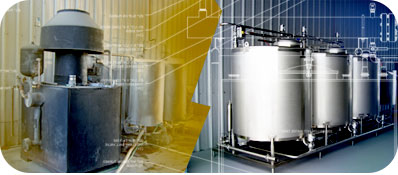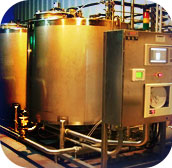Food manufacturers face a variety of challenges in bringing their products to market: food safety and marketing regulations, industry rules, equipment design, developing efficient lines, managing energy and production costs and much more. Amid all those concerns, one stark truth is that equipment needs to be maintained and updated on a regular basis, which means a reliable source for parts and replacement equipment is vital for avoiding downtime due to malfunctions.

In his article for DHL’s Delivered magazine, Jonathan Ward called maintenance the “invisible supply chain” because many manufacturing companies take a disorganized approach to obtaining parts and performing equipment maintenance and repairs.
“The result of this poor coordination can be significant hidden waste,” wrote Ward. “Research by management consultancy McKinsey, for example, showed that the front-line technicians at one defense contractor spent more than 20% of their time waiting for parts, tools and equipment.”
He outlined the hidden costs of deferred equipment maintenance as well.
“…poorly maintained equipment can result in increased energy consumption, quality issues, or loss of production, driving up capital and operating costs,” wrote Ward.
 Wright Process Systems understands this need for timely repair and parts delivery in the food production and specialty processing sector, which is why we have spent years developing strong strategic partnerships with the best equipment manufacturers in the industry. Our distribution network can get you the right part at the right time, reducing your downtime.
Wright Process Systems understands this need for timely repair and parts delivery in the food production and specialty processing sector, which is why we have spent years developing strong strategic partnerships with the best equipment manufacturers in the industry. Our distribution network can get you the right part at the right time, reducing your downtime.
In addition to timely parts delivery, Manufacturing.net recommends the following steps to minimize downtime in a manufacturing environment:
- Update or service machinery – maintenance and upgrades to new technology can help prevent malfunctions and increase efficiency and output.
- Monitor efficiency of manufacturing processes – energy audits can help identify inefficiencies.
- Explain downtime to employees, conduct regular employee evaluations and develop specific incentives and goals – open and clear communication with employees can lead to a greater understanding of company processes, as well as increased productivity and buy-in from employees. Incentives and goals help motivate employees.

